Carnegie Observatories
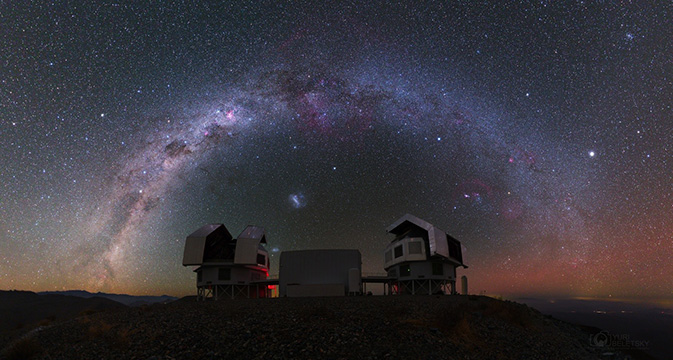
PHOTO (above): The Milky Way viewed over the Magellan telescopes at Las Campanas Observatory (LCO), Chile. LCO was built and is operated by Carnegie Observatories. Many of the summer projects make use of data from the Magellan Telescopes.
Astronomy Research at Carnegie Observatories
Carnegie Observatories is one of the top astronomical research institutions in the world with experts in observational and theoretical astronomy and a world-class instrumentation group. Using data taken from Carnegie's telescopes in Chile, students will have the chance to work with senior researchers on topics such as exoplanets, the first galaxies in the Universe, accreting black holes, dark matter, and the life and death of stars. Interested students can also work with Carnegie scientists and engineers on the next generation of cameras and spectrographs for our telescopes.
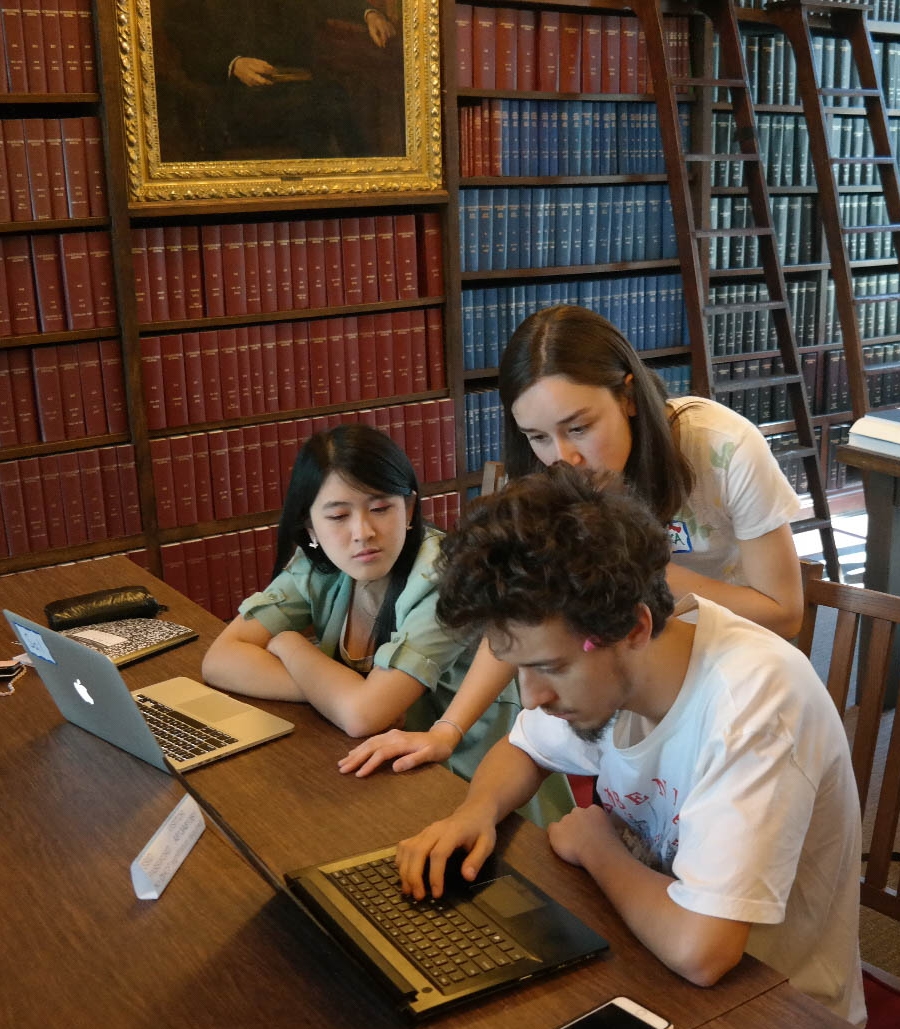
Program Details
What is it?
Carnegie Observatories hosts undergraduate students from a variety of schools and programs to take part in their Carnegie Astrophysics Summer Student Internship (CASSI) Program. In addition to the research program listed above, Cal-Bridge Summer scholars will participate alongside other summer students at Carnegie in an educational program designed to teach crucial scientific communication skills.
Students will work for 10 weeks in the summer with scientists at Carnegie Observatories on projects spanning the field of astronomy. Selected students will receive a $7000 stipend for the full 10 weeks as well as an additional stipend to cover the cost of housing. In addition, participants will be provided with a travel reimbursement up to $300 for travel from home or campus to southern California. Upon successful completion of the program, all students will also be given the opportunity to attend the American Astronomical Society meeting the following January to present their research. The research program runs June 17 to August 23, 2024. Participants must be available during the entire 10-week period of the program.
Who should apply?
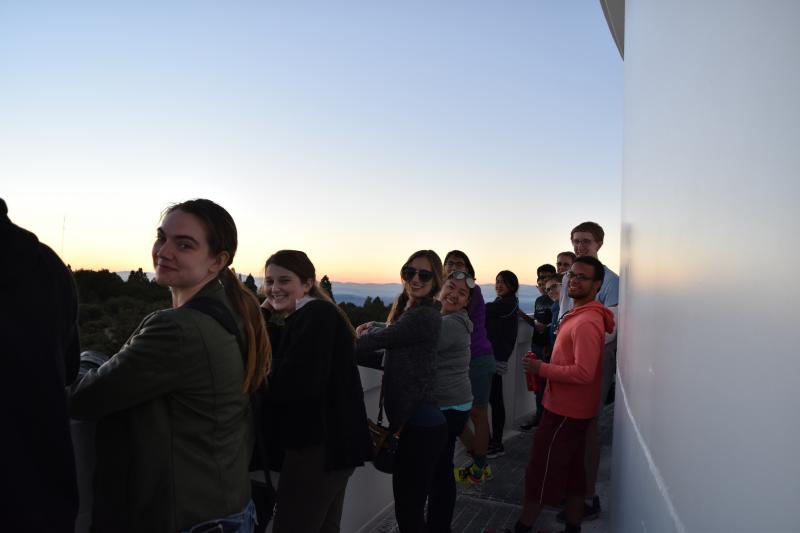
Carnegie is seeking students interested in scientific research projects as well as astronomy, physics, or engineering students interested in laboratory work designing, testing, and assembling the next generation of scientific instruments for our telescopes at Las Campanas Observatory in Chile.
Applicants must be United States Citizens or Permanent Residents and at least 18 years of age by the beginning of the program. Applicants must be enrolled at a CSU or California Community College at the time of their application. Participants may not have graduated from their 4-year institution before the beginning of the summer internship, but community college students may be in the process of transferring to a 4-year institution.
To be eligible for the program, applicants must be have completed a full year of college-level physics by the start of the program. Preference will be given to students with additional physics coursework.
When and How to Apply
Applications are due February 1, 2024. To apply to the program, go to the Application Home Page. In addition, you must ask two faculty members (or others familiar with your academic or work background) to submit letters of reference. Indicate their names, addresses, phone numbers, and e-mail addresses in your on-line application where appropriate.
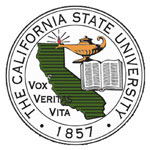
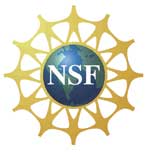

This material is based upon work supported by the National Science Foundation under Grants DUE-1741863, AST-1636646, and AST-1836019.